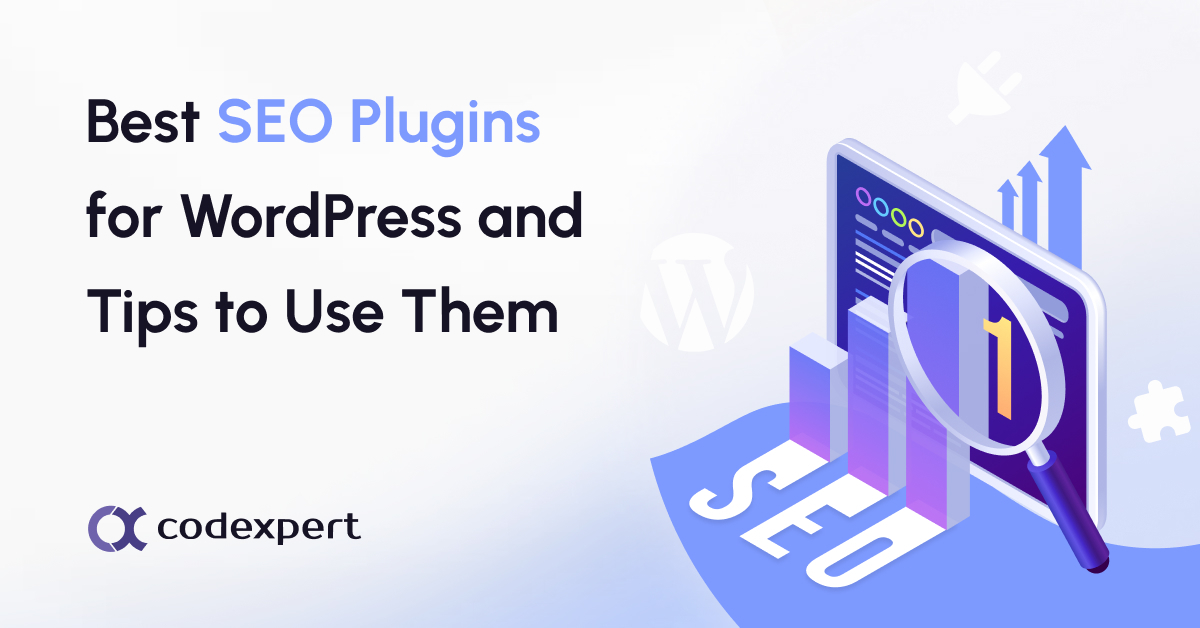11 Post Formats to Boost Blog Traffic (and Tips to Craft Them)

There is no single magical solution to increasing blog traffic. However, there are certain types of posts that can help you reach more readers and boost engagement on your blog.
This post will cover eleven types of articles that can help increase web traffic and provide tips on how to create them.
- How-To Posts
- Listicles
- Infographics
- Case Studies
- Guest Posts
- Videos
- Reviews
- Interviews
- In-Depth Posts
- Personal Success Stories
- Podcasts
Top Post Formats to Boost Blog Traffic
1. How-to Posts
How-to posts are one of the most popular types of content and can be incredibly effective in driving traffic to your blog.
How-to posts are not just great at driving traffic to your business website. When done correctly, they can drive highly qualified traffic, who are likely to be interested in the products and services you are offering,” according to Donald Chan, founder of IMPACT, a leading content marketing agency in Singapore.
This kind of content should include step-by-step instructions with helpful visuals if necessary, as well as additional resources and ideas for readers to explore.
When writing it, try to be as descriptive as possible while also being succinct. Readers should be able to understand how to do something without feeling overwhelmed.
Include tools to use, helpful links, and other resources to help readers get the most out of your post.
Take this example:
It provides a step-by-step guide on how to customize the WooCommerce checkout page, using CoDesigner. There are useful screenshots, as well as tips on how to optimize the process.
2. Listicles
A listicle is a post that includes a numbered or bulleted list of items related to the topic discussed. They’re great for providing readers with easy-to-digest information and can be used to cover almost any topic.
This kind of article usually provides tips and answers questions that readers may have.
When creating one, be sure to include visuals and links to further resources for readers who want more in-depth information. It’s also a good idea to explain the reasons why you chose each item in your list.
Here’s an example of a listicle:
This post lists the best prop firms for day traders, along with detailed descriptions of why each is a great choice.
3. Infographics
Infographics are visual representations of data or information that help readers quickly understand the subject matter. They can include diagrams, charts, and other visuals to help illustrate your point.
When creating an infographic, be sure to keep it simple and focus on the most important aspects of your topic. Make sure that it’s easy to read and understand, as well as visually appealing.
It’s also a good idea to include a link at the end so readers can explore further information if they want to learn more.
This is an example of an effective infographic:
It visually explains the on-page SEO checklist, making it easier for readers to understand and remember the steps they need to take when optimizing their website.
4. Case Studies
Case studies are detailed reports that provide in-depth information about a particular topic or situation. They usually include data, research, and other relevant information that can help readers better understand a concept or business decision.
Including real-life examples and data can be a great way to engage readers and provide them with valuable insights.
Make sure to include visuals such as charts, graphs, screenshots, or videos to help bring your case study to life.
Take this one, for instance:
Ahrefs’s case studies are incredibly detailed and include much data to back up their conclusions. This one, in particular, provides readers with an in-depth analysis of how the team was able to build backlinks thanks to email outreach and rank #1 for their “stats” page.
5. Guest Posts
Guest posts are blog posts written by people outside of your organization or company. They provide fresh perspectives and insights into topics that may not be covered on your own website.
When selecting guest authors, make sure to look for experts in the field or people who have experience in the topics they’re writing about. This will ensure that your content is of high quality and engaging for readers.
It’s also a good idea to provide guidelines so they know what kind of content you’re looking for.
This guest post from Winston Burton on SEJ is an excellent example:
The guest contributor covers the pros and cons of Google Tag Manager, providing readers with valuable insights and information on the topic.
6. Videos
Videos are an effective way to engage readers and provide them with useful or entertaining content.
They can explain topics in more detail, showcase products or services, or entertain viewers.
Make sure that your videos are optimized for mobile devices as well as desktops so that viewers can watch them wherever they are.
Also, remember to include captions for those who may find it difficult to watch a video in its entirety due to time or other constraints.
Here are some examples of great animated videos you can use:
These kinds of videos are great for explaining complicated concepts in an entertaining and engaging way.
7. Reviews
Product reviews are a great way to engage readers and provide them with valuable information about products they may be interested in buying.
They should include detailed information about the product, including things like features, specs, pricing, pros and cons, customer feedback, etc.
When writing a review, make sure to be as unbiased as possible and provide readers with honest feedback.
This is an example of a great product review:
In this case, the author writes about the Cloudways affiliate program, providing readers with key insights into what the program offers and why it’s a good choice for webmasters.
8. Interviews
Interviews can provide readers with insights and perspectives from industry experts. They will help to engage readers and offer valuable information that may not be available elsewhere.
When conducting an interview, make sure to ask questions that will give the interviewee the opportunity to explain their ideas in greater detail.
Also, be sure to include visuals such as videos, photos, or screenshots to help bring the interview to life.
This is an example of a great interview post:
This one features an interview with Neil Patel, who shares his thoughts on content marketing and SEO. It includes useful visuals, as well as links and resources for readers who want more information.
9. In-Depth Posts
In-depth posts are detailed articles that cover a particular topic in great detail. They usually include research, data, and other relevant information to help readers better understand the concept or subject at hand.
When writing an in-depth post, make sure to focus on the most important aspects of your topic and provide supporting evidence for any claims you make. It’s also a good idea to break the post up into sections so it’s easier for readers to digest.
This is an example of an effective in-depth article:
In this post, the author dives deep into the fintech trends in 2023, providing readers with valuable insights and data. It includes visuals such as graphs and charts to help illustrate the points made in the content.
10. Personal Success Stories
Personal success stories are a great way to engage readers and provide them with inspiration. They can also serve as valuable case studies for readers looking to learn more about a particular concept or business decision.
When telling a personal success story, make sure to include details on the journey taken and any challenges faced along the way. This will help readers connect with the content and gain valuable insights into how to achieve their own success.
This is an example of a great personal success story:
In this post, Robin Waite shares his experience with business coaching and how it helped him to start his own business. He provides readers with insights into the decisions he made, as well as tips on how to get started with their own businesses.
11. Podcasts
Podcasts are a great way to provide readers with valuable information in an accessible format. They can be used to discuss topics in more detail, showcase interviews, or tell personal stories.
When creating a podcast, make sure to include visuals such as images or videos to help bring the content alive for viewers. It’s also important to consider how long the podcast will be, as well as what topics to cover.
Here is an amazing podcast example:
Authority Hackers team is very well known in the SEO industry for their podcast. It includes interviews with experts (including big names like Brian Dean of Backlinko), as well as detailed discussions on topics related to SEO and content marketing.
Key Takeaways
Creating high-quality content can be a challenge, especially for businesses that don’t have the resources to create a lot of it. By leveraging different types of content (such as blogs, guest posts, videos, reviews, interviews, in-depth posts, personal success stories, and podcasts), you can ensure that your readers are always engaged and informed.
Remember to always focus on providing valuable information and creating content that is both engaging and entertaining for your readers. This will help you create a loyal following of readers who will keep coming back for more!
Finally, make sure to include visuals in your content to help bring the topics to life and give readers a better understanding of what they’re reading. This can help in boosting site traffic.
About the Author:
Erik Emanuelli has been blogging since 2010. He’s now sharing what he has learned on his website. Find more insights about SEO and blogging here.
Subscribe to Our Newsletter
Get the latest WordPress tutorials, trends, and resources right in your inbox. No Spamming, Unsubscribe Anytime.

Thank you for subscribing to our newsletter!










